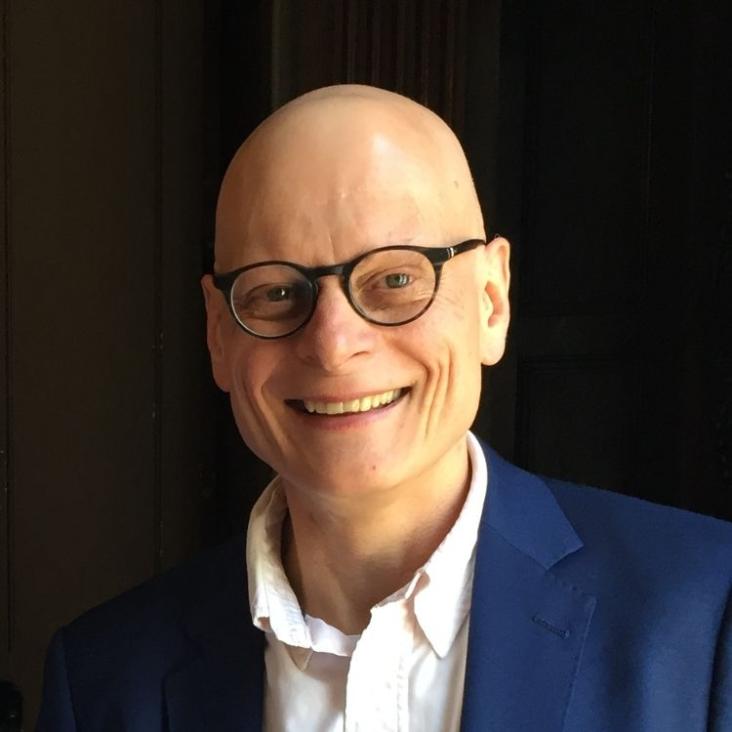Multiphoton state engineering by heralded interference between single photons and coherent states
Phys. Rev. A American Physical Society 86 (2012) 043820-043820
Multi-photon quantum interference in a multi-port integrated photonic device
ArXiv 1208.4575 (2012)
Abstract:
Increasing the complexity of quantum photonic devices is essential for many optical information processing applications to reach a regime beyond what can be classically simulated, and integrated photonics has emerged as a leading platform for achieving this. Here, we demonstrate three-photon quantum operation of an integrated device containing three coupled interferometers, eight spatial modes and many classical and nonclassical interferences. This represents a critical advance over previous complexities and the first on-chip nonclassical interference with more than two photonic inputs. We introduce a new scheme to verify quantum behaviour, using classically characterised device elements and hierarchies of photon correlation functions. We accurately predict the device's quantum behaviour and show operation inconsistent with both classical and bi-separable quantum models. Such methods for verifying multiphoton quantum behaviour are vital for achieving increased circuit complexity. Our experiment paves the way for the next generation of integrated photonic quantum simulation and computing devices.Multipulse Addressing of a Raman Quantum Memory: Configurable Beam Splitting and Efficient Readout
Phys. Rev. Lett. American Physical Society 108 (2012) 263602-263602
Adaptive slit beam shaping for direct laser written waveguides.
Opt Lett 37:4 (2012) 470-472
Abstract:
We demonstrate an improved method for fabricating optical waveguides in bulk materials by means of femtosecond laser writing. We use an LC spatial light modulator (SLM) to shape the beam focus by generating adaptive slit illumination in the pupil of the objective lens. A diffraction grating is applied in a strip across the SLM to simulate a slit, with the first diffracted order mapped onto the pupil plane of the objective lens while the zeroth order is blocked. This technique enables real-time control of the beam-shaping parameters during writing, facilitating the fabrication of more complicated structures than is possible using nonadaptive methods. Waveguides are demonstrated in fused silica with a coupling loss to single-mode fibers in the range of 0.2 to 0.5 dB and propagation loss <0.4 dB/cm.Heralded generation of single photons in pure quantum states
Journal of Modern Optics 59:17 (2012) 1525-1537


